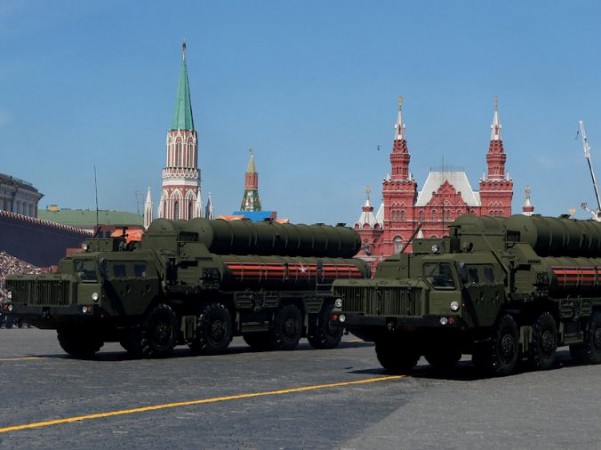
In a significant move, India has slashed its procurement of defense equipment from Russia to less than half, marking the first such reduction since the 1960s. This strategic shift aims to reduce reliance on Russian arms amidst tensions with Pakistan and China.
According to the Stockholm International Peace Research Institute (SIPRI), India's arms imports from Russia have plummeted from 76% in the 2009–13 period to just 36% in 2019–23, indicating a substantial change in defense procurement strategy.
Diversifying Suppliers
India's move includes a notable increase in purchases from Western nations like France and the United States. France, in particular, has emerged as a major supplier, securing significant deals for combat aircraft. Meanwhile, the United States has strengthened its arms trade ties with India, reinforcing their strategic partnership.
Navigating Regional Dynamics
This shift in procurement strategy comes amid escalating tensions with neighboring Pakistan and China. Pakistan has significantly increased its arms imports, primarily from China, bolstering their defense cooperation. In response, India is diversifying its arms sources and investing in indigenous military development to enhance its defense capabilities.
Global Trends in Arms Trade
The SIPRI report reveals that the United States and Western Europe dominate arms exports, accounting for 72% of all exports in 2019–23. France has seen a notable 47% increase in exports, positioning itself just ahead of Russia. Conversely, Russia's exports have declined by 53%, dropping it to the third-largest exporter.
India's Prominent Role
India remains the world's largest arms importer, followed by Saudi Arabia, Qatar, and Ukraine. Notably, India stands out as the largest customer for France, Russia, and Israel, showcasing its reliance on diverse sources for defense needs.
China's Evolving Role
China plays a crucial role as the primary arms supplier to Pakistan, with a significant portion of its exports directed there. However, China's own arms imports have decreased by 44%, as it transitions into a major arms exporter, driven by investments in domestic production and technology acquisition, notably from Russia.
Strategic Shifts in Response to Geopolitical Challenges
India's move reflects broader shifts in foreign policy and defense strategy to adapt to evolving geopolitical dynamics and security challenges in the region. This strategic realignment underscores India's determination to diversify its defense procurement and enhance its self-reliance in defense capabilities.
China's Growing Footprint in West Asia's Vital Sectors: Tech, Mining, and Energy
China Lodges Protest Against PM Modi's Visit to Arunachal Pradesh and Sela Tunnel Inauguration